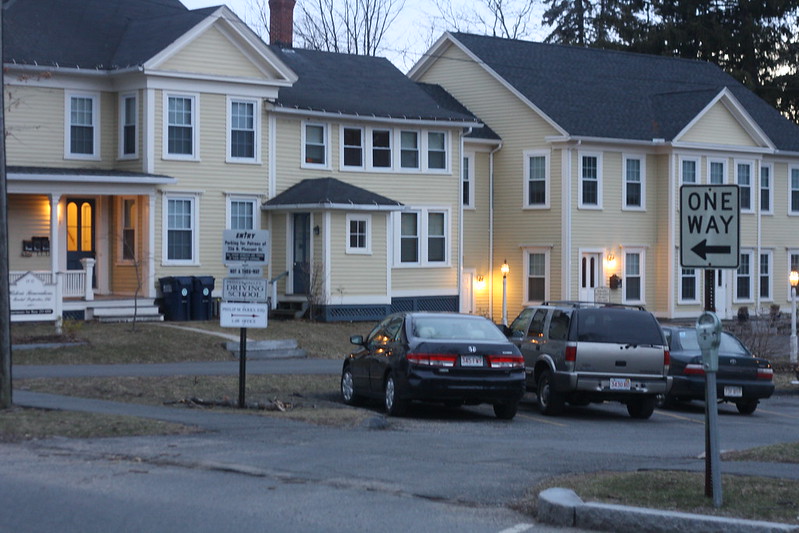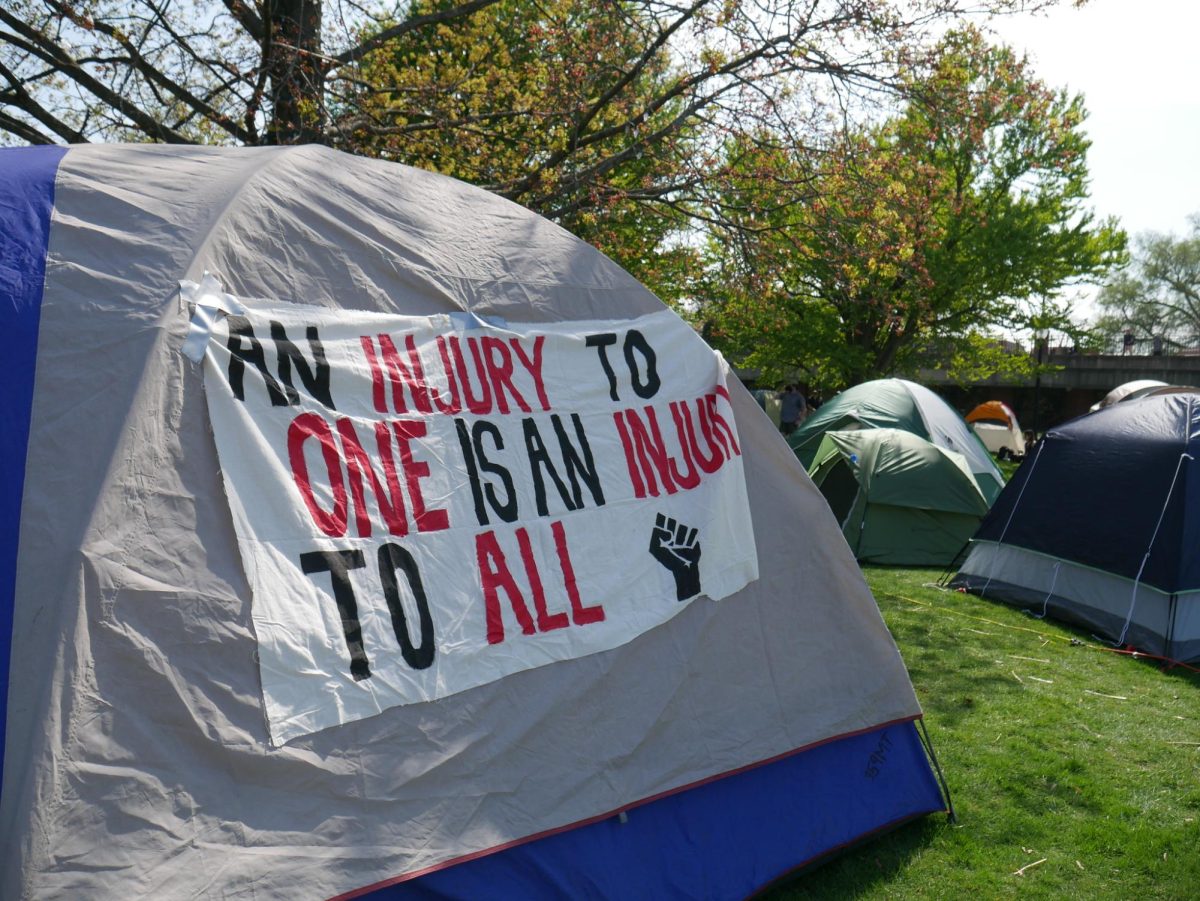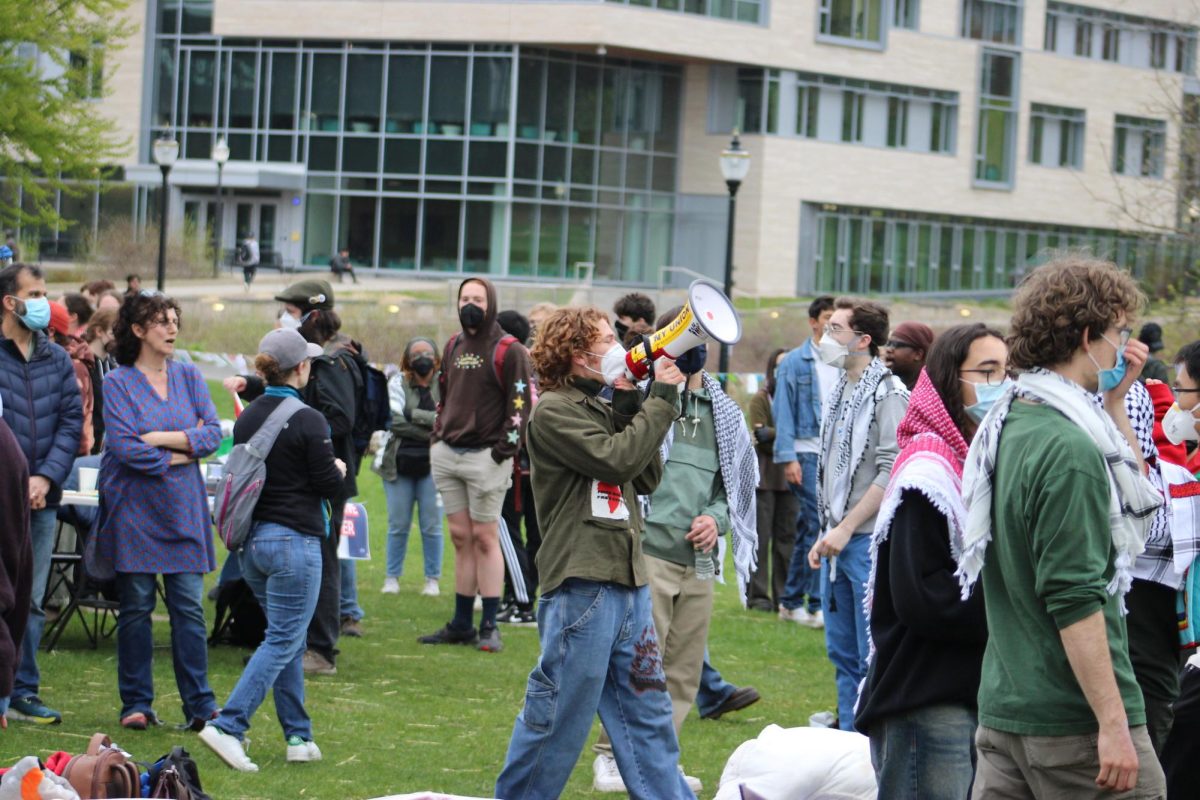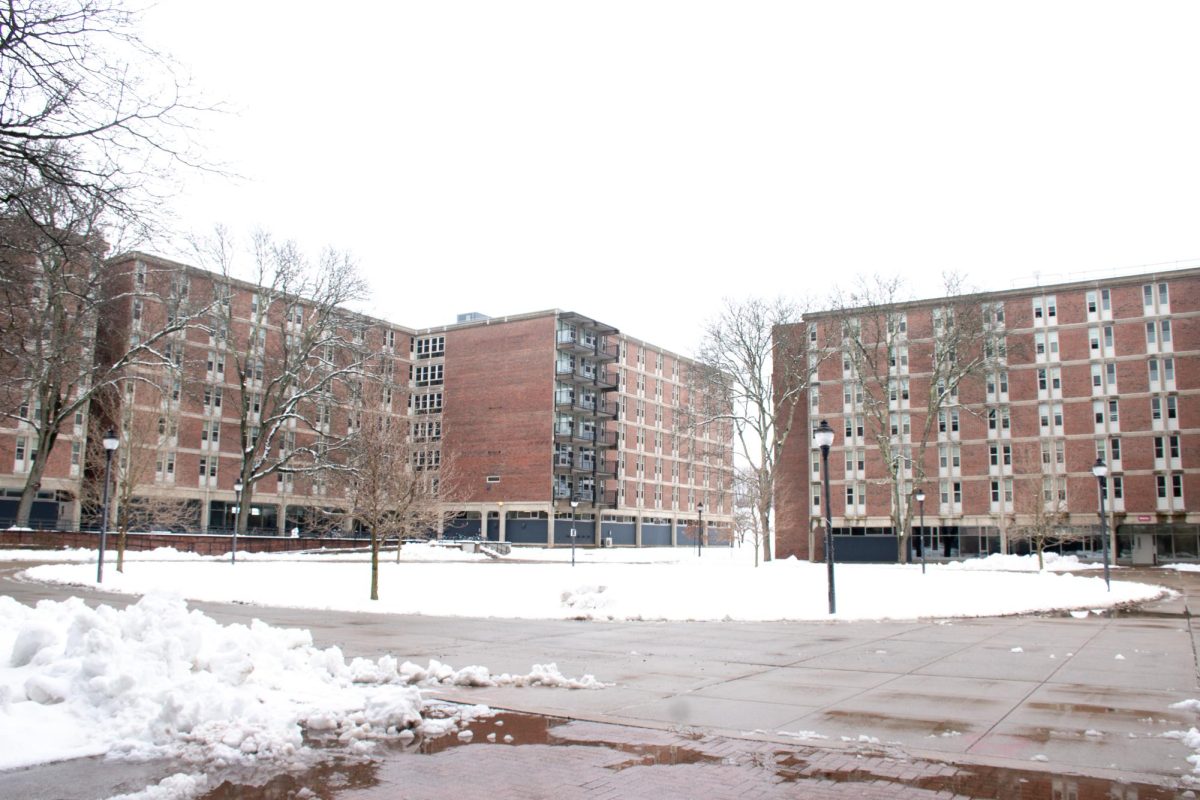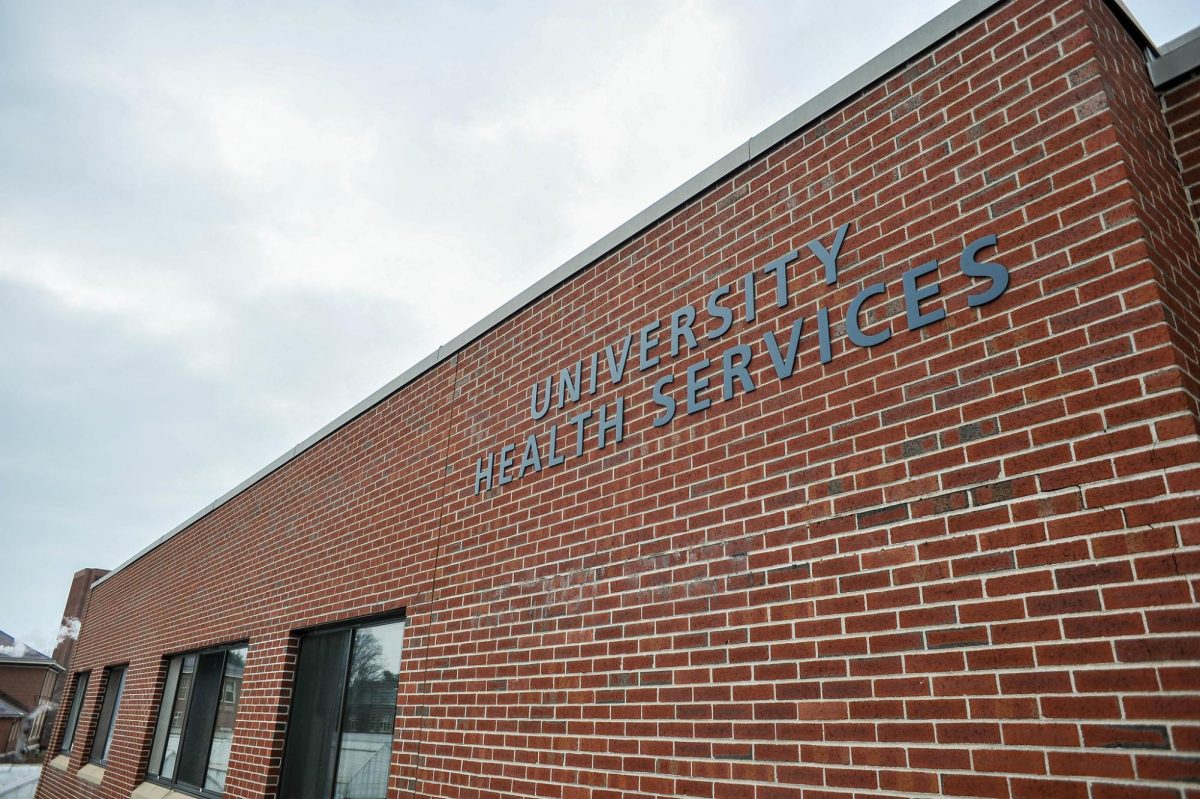Due to America’s crippling housing shortage, home prices have skyrocketed, leading to cities and towns across the country with too few homes for everyone that wants them. This exacerbates the problem of gentrification and while the wealthiest among us can still pay extra for what homes are left, the working and middle class families who grew up in those neighborhoods are being priced out and forced to leave their entire lives behind.
The most immediate solution we have to protect these people is preventing landlords from kicking them out so easily. If a renter is not violating any rules, their landlord shouldn’t be able to evict them just because they cannot afford the exorbitant rent.
This is what policies like the Good Cause Eviction law and rent stabilization are about. While Good Cause Eviction prevents landlords from evicting tenants because they cannot afford their new rent increases, rent stabilization limits rent prices to a certain portion of one’s income. Through greater protections for renters, we can provide immediate relief to families at risk of eviction and stop the erosion of communities that has gone unchecked for decades.
However, these policies alone are only a band-aid. By themselves, they do not do anything to solve the housing shortage at the root of evictions and prohibitively expensive rents.
It is essential to protect the people already living in a place. But what about everyone else who wants to move there? This includes not only transplants and immigrants but also the children of natives who want homes of their own. Without building more housing for them, protecting existing residents effectively shuts them out. Ideally, if a city had enough homes for everyone, prices would be kept low due to the ample amount of housing available.
So why do gentrified neighborhoods not have enough housing? Partly, it is their own fault; decades of increased limits on density and other regulations like parking minimums and Euclidean zoning have made denser housing more difficult to build. As a result, the number of homes has not kept up with population growth.
Even more to blame are the wealthier towns and neighborhoods who have not built enough new housing for decades. Since they use their wealth and political power to avoid building this desperately needed housing, the burden disproportionately falls on poorer, more urban neighborhoods.
But why is it that only lower-income neighborhoods experience gentrification when the cause of unaffordability in both poor and wealthy neighborhoods are regulations limiting housing construction? The answer is that most poorer neighborhoods’ residents, like in Boston’s Roxbury, rent their homes instead of owning them—as well as generally having a lot less money. Thus, the landlord can kick them out if they cannot afford rising rents. On the other hand, residents of wealthier places are immune to this because they mostly own their homes.
As a result, they can automatically deflect the demand onto poorer areas. Instead of the wealthy neighborhoods building more housing, people who would otherwise live there are forced to move to the lower-income neighborhood, where they outbid longtime residents who do not have as much money. Gentrification would likely not exist if we simply made sure our towns had enough housing for everyone who wanted to live there.
A common belief is that building new houses in gentrified neighborhoods is the real culprit of high home prices. People on the outside of these neighborhoods believe building new housing increases prices, since their higher prices give landlords of other properties an incentive to raise their own rents.
But that’s because whatever homes are built are only a drop in the bucket relative to how many more are needed. If there are 20 families bidding for five homes in a town, building only five more homes in that town will not lower prices by much, if at all. This is without even mentioning nearby towns with their own shortages, leading to competition for a small group of houses between multiple towns.
The awareness of this chronic shortage of housing is what emboldens landlords to keep raising the rents. When there is not enough housing allowed to immediately be built, developers will capitalize on the certainty of scarcity and exploit renters and homebuyers. In some cases, landlords even take apartments off the market until rents rise high enough for them to get a better deal, a practice critics call warehousing..
It is clearly immoral what these landlords are doing, especially in light of America’s homelessness problem. Ideally, they should be held accountable for exploiting the housing crisis. But the main cause of these actions is a lack of enough housing for them to compete with. The reality is that owners of private property want to maximize their profits, so they will do business with whoever pays the most. Preventing landlords from overcharging rent requires making so many homes that they must lower prices to compete.
This means we need to allow more housing in every part of every town, also called blanket upzoning. The problem with upzoning is the inconsistent process, with some neighborhoods doing it and not others—typically wealthier ones. The result is it has not made enough housing, and the targeted areas building more housing see prices rise due to speculation. That is why residents tend to associate new housing with rising rents. It should be no surprise that a city is getting more expensive if only three neighborhoods build new housing instead of the 20 neighborhoods that need it.
Digging ourselves out of the housing shortage particularly requires suburbs and other historically exclusionary neighborhoods to start carrying their weight.
The key to do this is to change the zoning codes to allow more multifamily housing; not necessarily apartment buildings, but even medium density housing like duplexes, triplexes and rowhouses. With these places building their fair share of housing, lower-income neighborhoods will have more affordable housing available for working and middle-class families and not just ultra-wealthy gentrifiers.
However, doing this requires more than just building more homes. This is because the high dependence on cars in suburbs intentionally discourages more homes and is what has long given suburbs an excuse to refuse new housing. But suddenly the issue of traffic is not a problem if new homes are concentrated around mass transit and close to jobs and businesses so that people do not need to drive as much. That in turn means less space necessary for parking, which we can use to make even more housing.
This will be a years-long process, most of all because of how long housing takes to build. By removing onerous limits on housing supply like single family zoning and allowing denser housing to be built everywhere, we will gradually make homes affordable for everyone once again. Until there is enough supply to get to that point, we must first protect the most vulnerable from being priced out of their communities. That way, we will ensure that our cities are not just for the rich or poor but for everyone, as they were always meant to be.
Liam Rue can be reached at [email protected].

